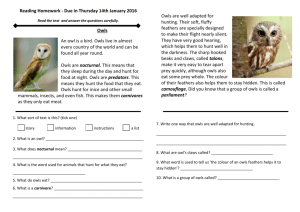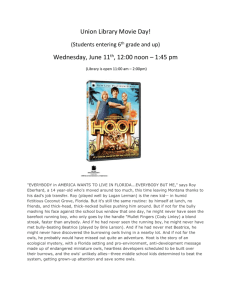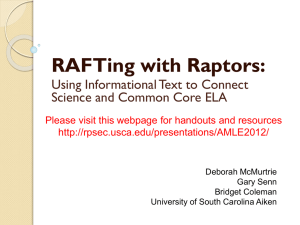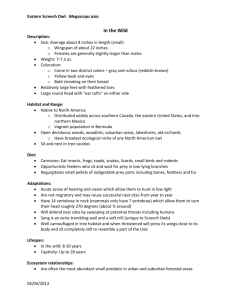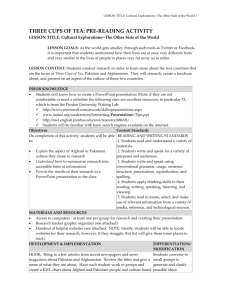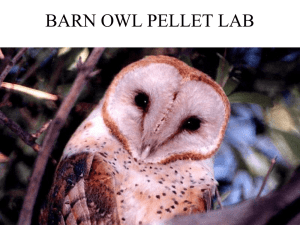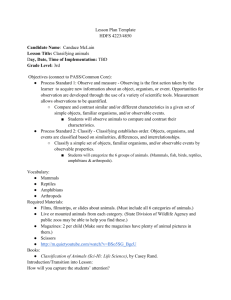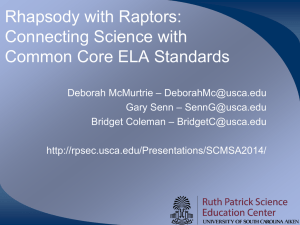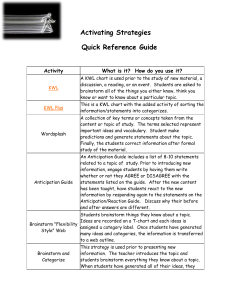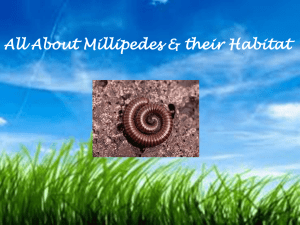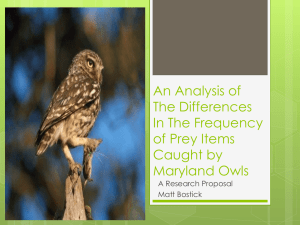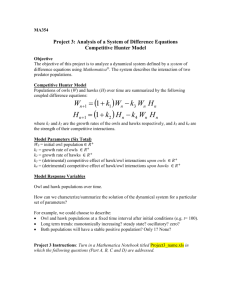Interactive Read Aloud Plan
advertisement
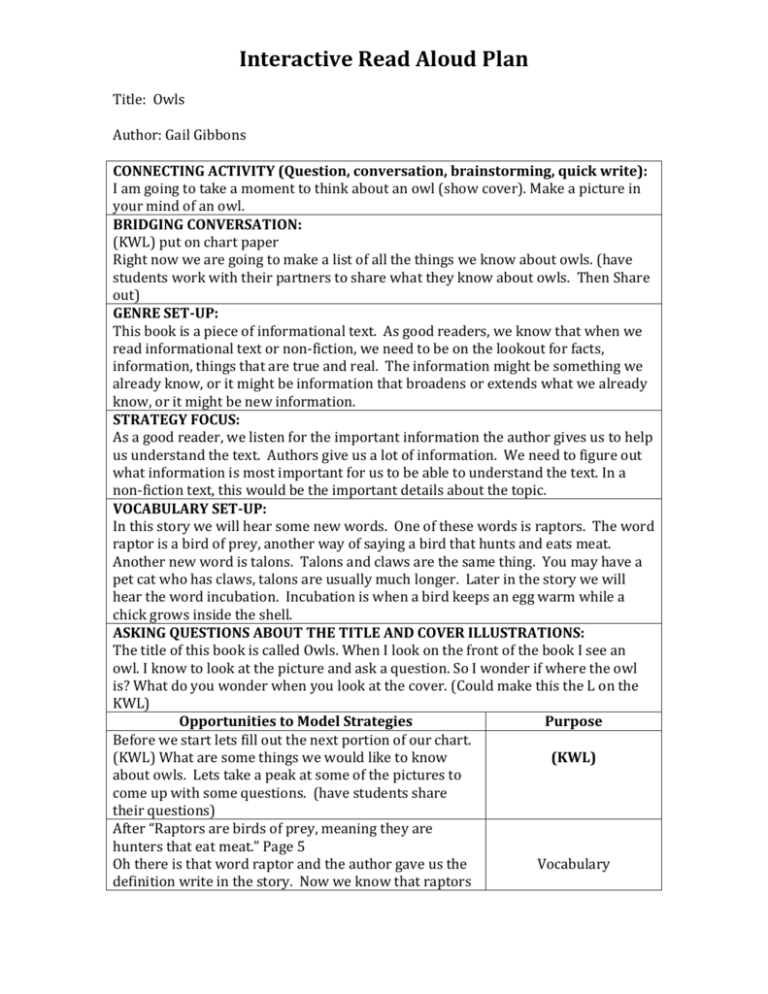
Interactive Read Aloud Plan Title: Owls Author: Gail Gibbons CONNECTING ACTIVITY (Question, conversation, brainstorming, quick write): I am going to take a moment to think about an owl (show cover). Make a picture in your mind of an owl. BRIDGING CONVERSATION: (KWL) put on chart paper Right now we are going to make a list of all the things we know about owls. (have students work with their partners to share what they know about owls. Then Share out) GENRE SET-UP: This book is a piece of informational text. As good readers, we know that when we read informational text or non-fiction, we need to be on the lookout for facts, information, things that are true and real. The information might be something we already know, or it might be information that broadens or extends what we already know, or it might be new information. STRATEGY FOCUS: As a good reader, we listen for the important information the author gives us to help us understand the text. Authors give us a lot of information. We need to figure out what information is most important for us to be able to understand the text. In a non-fiction text, this would be the important details about the topic. VOCABULARY SET-UP: In this story we will hear some new words. One of these words is raptors. The word raptor is a bird of prey, another way of saying a bird that hunts and eats meat. Another new word is talons. Talons and claws are the same thing. You may have a pet cat who has claws, talons are usually much longer. Later in the story we will hear the word incubation. Incubation is when a bird keeps an egg warm while a chick grows inside the shell. ASKING QUESTIONS ABOUT THE TITLE AND COVER ILLUSTRATIONS: The title of this book is called Owls. When I look on the front of the book I see an owl. I know to look at the picture and ask a question. So I wonder if where the owl is? What do you wonder when you look at the cover. (Could make this the L on the KWL) Opportunities to Model Strategies Purpose Before we start lets fill out the next portion of our chart. (KWL) What are some things we would like to know (KWL) about owls. Lets take a peak at some of the pictures to come up with some questions. (have students share their questions) After “Raptors are birds of prey, meaning they are hunters that eat meat.” Page 5 Oh there is that word raptor and the author gave us the Vocabulary definition write in the story. Now we know that raptors Interactive Read Aloud Plan are birds that eat meat. Lets add this information to our chart under learned. End of Page 5 Look there is that word talons, the author tells us that they are claws that are very sharp. When I look at the picture I can see that the owl’s talons are very long. End of page 11 Wow we have been given a lot of information. Lets think about what information is the most important. As a good reader we know that we must make sure that we keep track of all of the important information an author tells us about. Let’s write down what new important information we learned so far. (On the KWL chart fill out what the students have learned so far.) End of page 21 Remember, we need to add new important details and information to what we have already read to make sure that we understand the whole text. Lets think about things we have learned so far and add it to our chart. (KWL) (Go back and use the pictures to help recall the information) End of page 24 Oh look, there is that word incubation when a bird keeps an egg warm while a chick grows inside the shell. Wow the author told how the eggs are incubated, the bird sits on them to keep them warm. End of book Wow we now know a lot about owls. Let’s read what we learned so far. (read L part of KWL) Did we learn anything more? Lets list those new important details. Vocabulary Determining Importance Determining Importance Vocabulary Determining Importance
